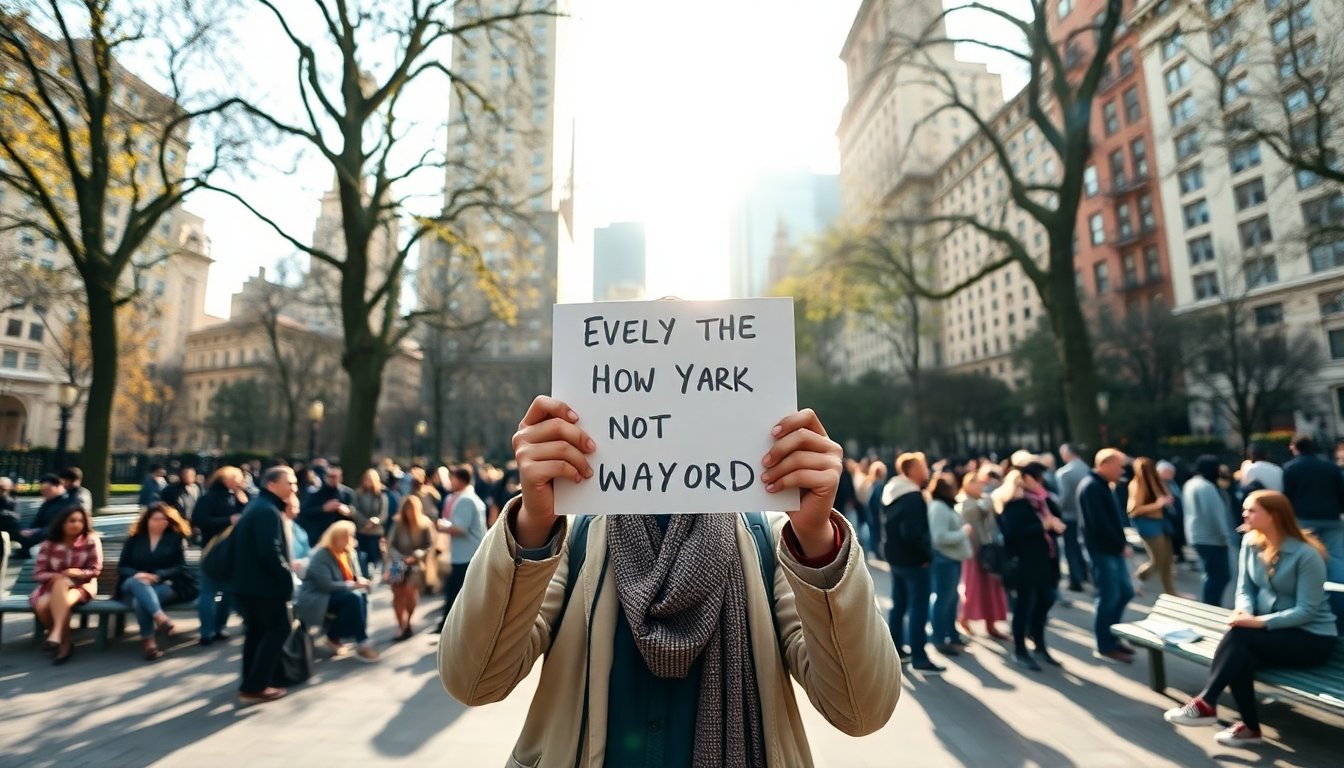Table of Contents
Zohran Mamdani elected as mayor of New York
The election of Zohran Mamdani as mayor of New York marks a significant shift in the city’s political landscape. His victory represents a move towards a more hopeful outlook amidst widespread skepticism.
As a member of the socialist-democratic movement, Mamdani focused his campaign on tackling urgent issues such as living costs and economic inequality affecting many residents.
Mamdani’s rise to office is not merely a personal achievement; it also indicates a transformation in voter dynamics, particularly among younger demographics.
His success reflects a growing discontent with traditional political approaches and a desire for change within the electorate.
Understanding Mamdani’s campaign
Mamdani’s strategy focused on affordability, a significant issue for many New Yorkers facing rising living costs. With rents exceeding $3,500 for a modest apartment and grocery prices on the rise, his message struck a chord.
He did not present himself as a radical but rather as an average citizen dealing with the same financial challenges as his constituents.
Symbolism in campaign actions
By attending a New York Knicks game in a less glamorous setting, Mamdani aimed to project relatability.
This choice contrasted sharply with his opponents, particularly Andrew Cuomo, who portrayed an image of power and privilege. By choosing the nosebleed section, Mamdani highlighted his commitment to the everyday experiences of New Yorkers, distancing himself from elitism.
The political landscape shift
Mamdani’s electoral victory stems from several critical factors. His background as a Ugandan-born Muslim and the son of intellectuals has significantly shaped his perspective. These experiences have informed his political ideology, positioning him as a formidable candidate amidst a polarized political climate.
Generational appeal
A key element of Mamdani’s campaign was his capacity to engage younger voters. At 34 years old, he effectively leveraged social media platforms to connect with a demographic that often feels alienated. His message resonated with those disillusioned by previous administrations, providing an alternative narrative of hope and potential that struck a chord with the youth.
Challenges ahead
Despite the optimism surrounding his victory, Mamdani faces significant challenges. Transitioning from a campaign platform to actual governance will require careful navigation of complex political dynamics. He must address conflicting interests and budget constraints while remaining committed to the principles that fueled his rise.
Balancing ideals with practicality
Mamdani envisions a more affordable New York, proposing increased taxes on the wealthy, free childcare, and rent stabilization measures. However, implementing these policies will require collaboration and compromise, particularly given the current legislative landscape. His background as an activist may need to shift towards a more pragmatic approach as he learns the intricacies of governance.
Mamdani’s identity has faced intense scrutiny. Critics have accused him of being too radical or even anti-Semitic, attempting to undermine his legitimacy. Navigating these narratives will be essential as he aims to unify a city frequently marked by division.
The path forward
As he prepares to assume office, Mamdani’s dedication to affordability and social equity will come under scrutiny. His capacity to transform campaign promises into effective policy will impact not only his success but also the future of New York City. With a mandate for change, he must now rise to meet the high expectations of his supporters.
Mamdani’s election marks a significant shift in New York’s political landscape. He represents the hopes of a generation eager for change. Despite the challenges ahead, the potential for transformative leadership is evident. The upcoming months will determine whether he can realize his vision and redefine the standard for effective governance in challenging times.





